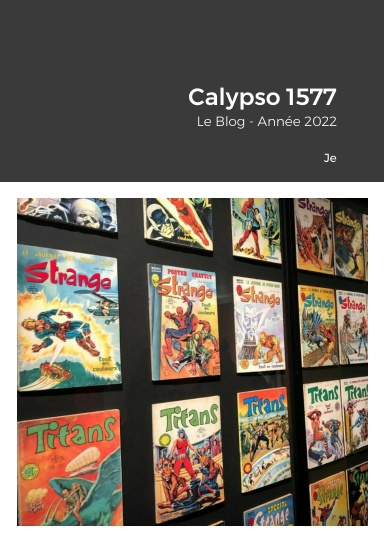Humans with animal genes |

Image from Bernd Helfert
|
The term Rianth is derived from Greek, therianthrope, and was first used in the Interplanetary Age. It describes a person or a clade of human derivation in which the genome has been modified to express traits found in other naturally evolved species, usually animals. Some distinguish between rianths who have incorporated the traits of provolves and those who show the traits of baseline animals. The distinction between rianths and splices is more social and historical than biological. Unlike the splices, who have often had a history of domestication and service employment, rianths have more typically had complete autonomy and were not slaves but free citizens at their time of origin. They are baseline or nearbaseline humans who chose to acquire nonhuman traits and make them heritable, or whose human parents made that choice for them.
Rianths are often divided into distinct clans, clades, and phyles, depending on the type and proportion of nonhuman genome. They are an incredibly diverse group; they include not only recognizable species such as Tiger people, Wolf people, Eagle people, Crow people, Rabbit people, and Tortoise people but also completely new or unrecognizable species, or jumbles that seem to encompass the entire animal kingdom in a single body. Although there are countless species, the overall percentage of rianths in the sophont population is quite small, though there are at least twenty times that many humans with strong rianth aspects to their genome, throughout known space. Many rianths can be found on various Utopia Sphere and Caretaker worlds, or in polities with a high percentage of provolves and splices.
Many Rianths have their origins as humans from tribal and shamanic human societies (especially on some garden worlds under Caretaker Gods) who have decided to go the other way out of respect and admiration and attraction for the animal kingdom, and incorporate animal genes. Old Earth is believed to host a large population of diverse species of rianths. Sometimes, either by culture or by genetic bias, they have common behavioural tendencies: proud Tiger people, Wolf people, and Eagle people, shamanic and clever Crow people, gentle and sexy Rabbit people, Rat people who are notoriously successful in the byways of some of the less policed Outer Volumes, as adaptable, smart, ruthless but also affectionate survivalists, careful and long-lived Tortoise people, aggressive and threatening Alligator people, and so on. Some clades and cultures have continued to enhance these stereotypes, while others have turned their backs on the original concepts. It is common for rianth clades, especially those newly created, to have a general memetic about the superiority of the animal form over that of the human. The basic hominid type is characterized as weak and puny; physically defenceless, with nails instead of claws, small blunt teeth instead of canines; as slow moving, clumsy and uncoordinated, with poor reflexes; as lacking fur or feathers so that clothing or environmental temperature controls to are required; as having poor hearing and almost no smell to speak of; as ugly with their flat faces and baby-like naked pink or brown skin, and so on. Often such rianth clades go to ridiculous lengths of exaggeration along these lines, and regarding the superiority of their own forms. Other, better established rianths are less derogatory and perhaps more comfortable with their own status. Rianths with genomes from non-provolved animals may be distinctly less intelligent than provolve rianths, although a lot also depends on the degree of human genome and various other factors. The less intelligent rianth clades are typically the least tolerant.
Rianth communities and individuals can be found throughout the civilized galaxy. There are even a few cases of transapient and po rianths and rianth clades, the so-called "Animal Gods" of Hynera being among the best known, but by no means the only, representatives.
Rianths are not to be confused with Exotics, nearbaselines who incorporate whatever genome or bodymods are at hand to fashion themselves in extreme forms, usually according to whatever is stylish at the time or in the region, or in keeping with social or peer pressure. Exotics do not typically form actual clades, but simply change from one form to the next according to whim; only if their forms are heritable and stable, and they pass them on to children and form an ongoing group are they considered rianths.
Source : http://www.orionsarm.com/eg-topic/45beaa73c347e


















Aucun commentaire:
Enregistrer un commentaire